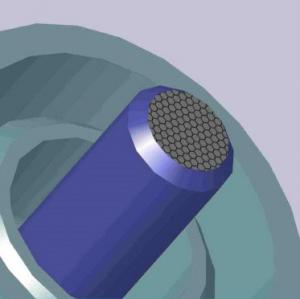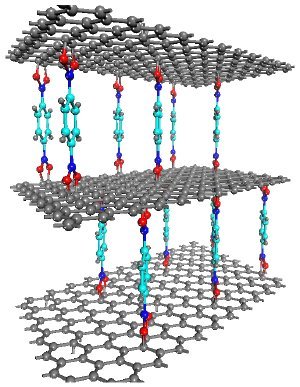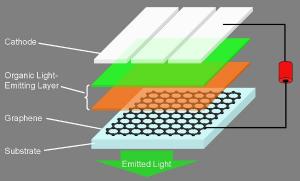IBM Research developed an optical link using a Graphene photodetector
 IBM Research demoed a 10 Gbit/sec optical link that has a Graphene photodetector (fabricated on a silicon-on-insulator substrate).
IBM Research demoed a 10 Gbit/sec optical link that has a Graphene photodetector (fabricated on a silicon-on-insulator substrate).
The vertical-incidence metal-graphene-metal photodetector achieved 6.1 milliamps per watt at the communications wavelength of 1.55 microns, but was shown to be useful over a very wide bandwidth of 300 nanometers to 6 microns, making the graphene optical link a promising candidate not only for communications, but for remote sensing, environmental monitoring and surveillance.



